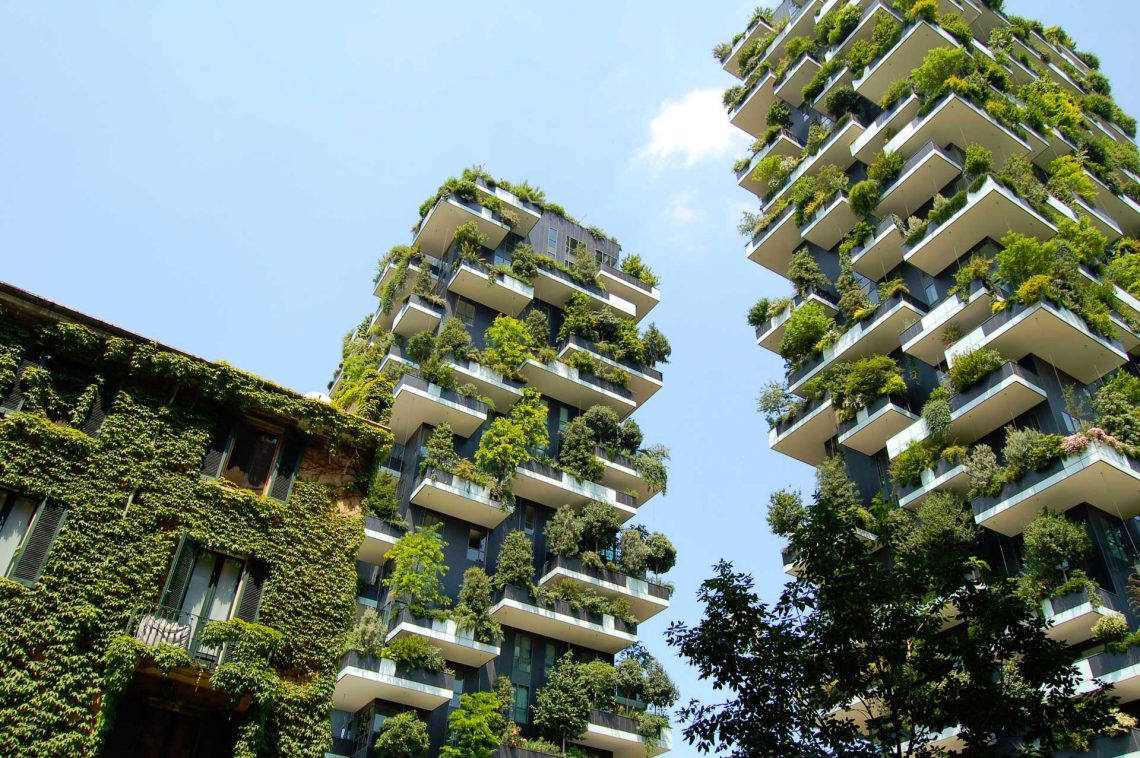The term “sustainable design” has been used in multiple disciplines, including but not limited to product design, architecture design, interior design, and graphic design. Sustainable design refers to the design process that integrates an environmentally friendly approach and considers nature resources as part of the design.
The Hannover Principles was repared in 1992 by William McDonough Architects and Dr. Michael Braungart; commissioned by the City of Hannover, Germany, as design principles for Expo 2000, The World’s Fair. These principles form the framework of sustainable design.
The Hannover Principles
- Insist on rights of humanity and nature to co-exist in a healthy, supportive, diverse and sustainable condition.
- Recognize interdependence. The elements of human design interact with and depend upon the natural world, with broad and diverse implications at every scale. Expand design considerations to recognizing even distant effects.
- Respect relationships between spirit and matter. Consider all aspects of human settlement including community, dwelling, industry and trade in terms of existing and evolving connections between spiritual and material consciousness.
- Accept responsibility for the consequences of design decisions upon human well-being, the viability of natural systems and their right to co-exist.
- Create safe objects of long-term value. Do not burden future generations with requirements for maintenance or vigilant administration of potential danger due to the careless creation of products, processes or standards.
- Eliminate the concept of waste. Evaluate and optimize the full life-cycle of products and processes, to approach the state of natural systems, in which there is no waste.
- Rely on natural energy flows. Human designs should, like the living world, derive their creative forces from perpetual solar income. Incorporate this energy efficiently and safely for responsible use.
- Understand the limitations of design. No human creation lasts forever and design does not solve all problems. Those who create and plan should practice humility in the face of nature. Treat nature as a model and mentor, not as an inconvenience to be evaded or controlled.
- Seek constant improvement by the sharing of knowledge. Encourage direct and open communication between colleagues, patrons, manufacturers and users to link long term sustainable considerations with ethical responsibility, and re-establish the integral relationship between natural processes and human activity.
The Hannover Principles should be seen as a living document committed to the transformation and growth in the understanding of our interdependence with nature, so that they may adapt as our knowledge of the world evolves.

